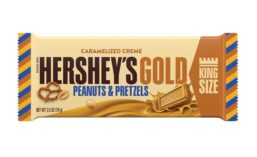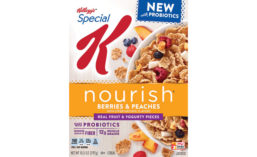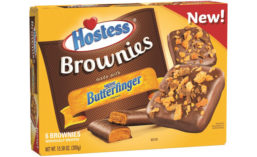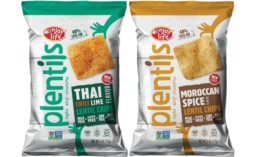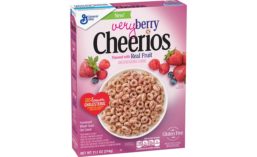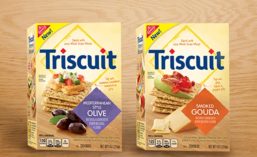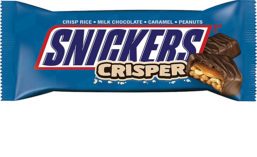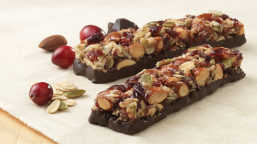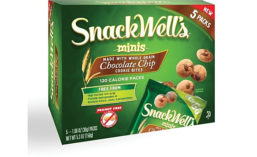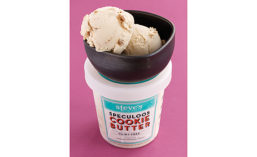Articles by Tom Vierhile
Retail State of the Industry | Snacks & Confections
Confections and snacks share usage occasions—but not the same growth prospects
Read More
Retail State of the Industry | Cereals & Snack Bars
2018 Cereal Trends: Morning Maneuvers
Cereals and bars angle to provide hearty, wholesome meal and snack solutions
March 12, 2018
Retail State of the Industry | Bakery Foods
2018 Bakery Trends: Oven Lovin'
New bakery foods range from indulgent treats to healthful tastes and textures
March 8, 2018
Retail Product Trends Annual | Confections & Snacks
2017 Snack Trends: See a Need. Fill a Need.
Snacks, sweets tout flavor, health in bold new applications
March 14, 2017
Retail Product Trends Annual | Breakfast Cereals, Snack Bars
2017 Breakfast & Bars Trends: Make a Clean Break
Breakfast cereal and bar makers push new formats, clean label with few ingredients
March 14, 2017
Retail Product Trends Annual | Bakery Foods
2017 Bakery Trends: Flavor and Function
New bakery foods products push both indulgence and health
March 13, 2017
Healthy Snack Indulgence
Candies, snacks balance fun flavors with new healthful ingredients, shapes
March 10, 2016
New Snack and Nutrition Bars
Ingredients shine, diversify as bar competition escalates
March 9, 2016
New Bread, Cookie and Cracker Trends
Bakers tout what’s in, what’s out in new breads, cookies and crackers
March 9, 2016
Fun Food Flavors for Product Development
Boost texture, flavor and “craveability” with nuts, fruits, chips, candies, seeds and more
November 16, 2015
Unlock the Future of Food and Beverage Innovation
Are you a leader in research & development? Stay ahead of the curve with Prepared Foods, the premier source of information and insights for today's trend leaders and taste-makers in food and beverage manufacturing.
JOIN TODAYCopyright ©2025. All Rights Reserved BNP Media.
Design, CMS, Hosting & Web Development :: ePublishing
